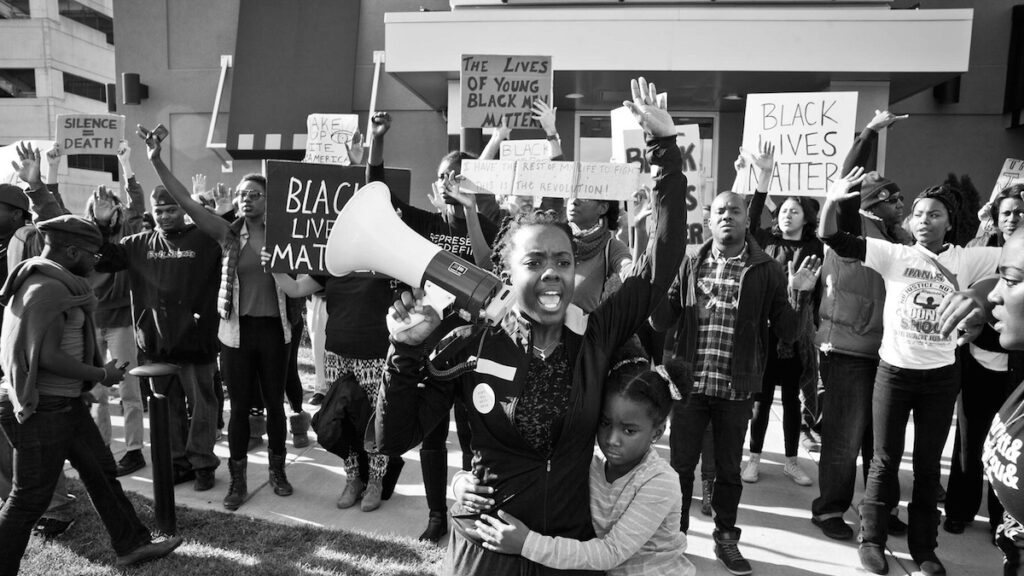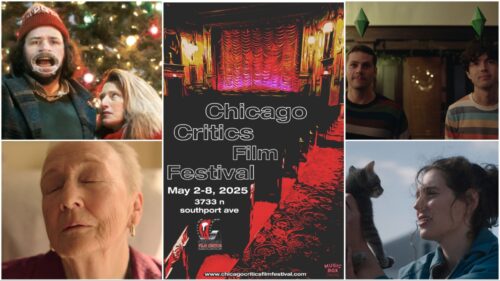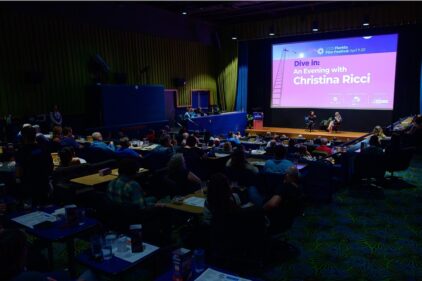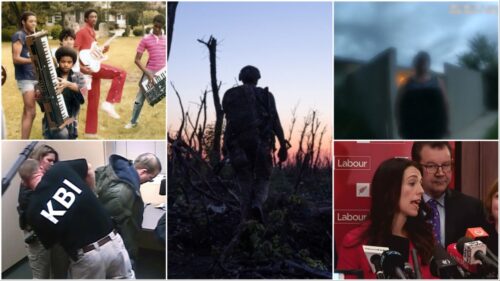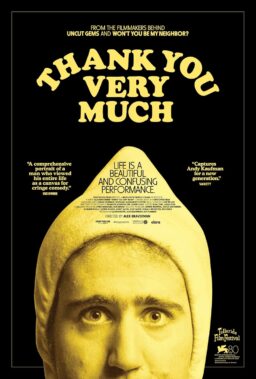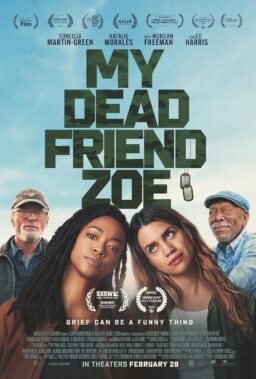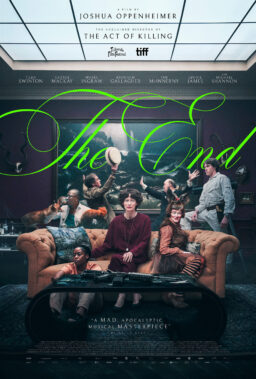When people ask about the Black Lives Matter movement, whether it’s a year or 50 from now, I will tell them to see director Sabaah Folayan’s documentary “Whose Streets?” This documentary about the events in Ferguson, MO, as told from the perspective of people who were actually there, is important to understanding both the past and the present—it’s a historical document that could do great things right at this moment.
“Whose Streets?” starts with the simple gesture of letting people tell their story with their own voice and footage, and it makes for a compelling beginning to something that expands to five parts. “Whose Streets?” continues to be so much more and more powerful than I expected. Taking shape as an epic about a community uniting over its pursuit of equality, “Whose Streets?” talks about the racist Ferguson police force, the Ferguson October movement, and so much more. It’s a movie that takes you through a movement, under the name Black Lives Matter and more, in which you see how people expand, and how it continues to prosper.
“Whose Streets?” is in part an act of justice. The events that followed in Ferguson, MO on August 2014 after the killing of Michael Brown by police officer Darren Wilson were not given proper due by the rest of the world. Those who weren’t there don’t really know the events that happened, especially if relying on news reports that favored sensationalism and baited racism in the process. To start, segments that often led with “a riot in Ferguson” left out the candlelight vigils and the peaceful protests that were the initial response to such tragedy. In the process they took away the humanity of a place and people, when that’s the exact opposite response needed when such lives are in danger.
This movie tells the story of Ferguson from first-person perspectives—footage shot by people who were in Ferguson during and after Michael Brown was killed, and when the militarized police came to further dehumanize its citizens. The police’s military-level approach is all the more visceral when a flash grenade is captured on a shaky iPhone camera, or explosions rip through the audio while showing people running away from police. Or footage of red dots appearing on Ferguson residents, a type of warning fit for a war zone.
“Whose Streets?” is in part an act of love. It finds some reoccurring characters in various people of Ferguson, who speak openly and passionately about their fight for equality. Activist and mother Brittany Farrell is one particular person who fills this story with so much love, as she talks about how she wants to teach her daughter about the importance of protesting. And there’s a life-changing moment for her with her girlfriend that brought me to tears instantly, accompanied by Brittany talking about how she wants to challenge the idea of normal.
Using such raw footage from the perspective of the silent and the oppressed, this documentary is extremely potent with the many things it wants you to feel. The anger is so visceral, and so goddamn tragic. Just the same, its images of love and pride will fill your soul. It presents so many important images—racism, hatred and so much love—and dares you not to be moved.

